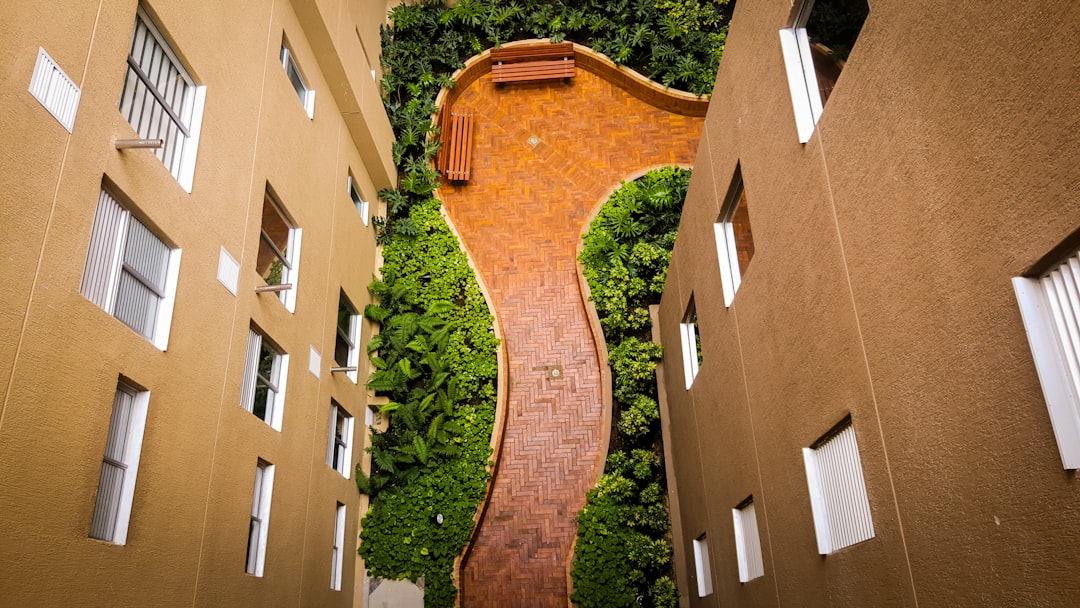Unveiling the Magic of Formal French Kitchen Gardens

In the realm of gardening, few styles evoke the same sense of elegance and productivity as the formal French kitchen garden. Inspired by the timeless allure of old - world monastery gardens, these gardens are a harmonious blend of beauty and functionality, promising a bountiful harvest of fresh produce and fragrant herbs.
The concept of a formal French kitchen garden is deeply rooted in history. Monastery gardens were not only places of spiritual reflection but also centers of agricultural innovation. Monks cultivated a wide variety of plants for food, medicine, and religious ceremonies. Their gardens were carefully designed with geometric patterns, straight paths, and raised beds, which not only made them aesthetically pleasing but also highly efficient for cultivation.
One of the key features of a formal French kitchen garden is its layout. The garden is typically divided into symmetrical sections, often using a grid or a series of rectangles. This layout allows for easy organization of different plant varieties. For example, you can allocate one section for leafy greens such as lettuce, spinach, and kale. These greens thrive in the cooler parts of the garden and can be harvested throughout the growing season. Another section can be dedicated to root vegetables like carrots, radishes, and turnips. Root vegetables need well - drained soil and plenty of space to grow, and the raised beds in a formal French garden provide the perfect environment for them.
Herbs are an essential part of any French kitchen garden. Herbs like basil, thyme, rosemary, and parsley not only add flavor to your dishes but also have medicinal properties. In a formal French garden, herbs are often planted in small, neatly arranged beds or in containers along the edges of the paths. This makes them easily accessible when you need to snip a few leaves for cooking. Basil, for instance, loves warm, sunny spots and can be used in a variety of Italian and French dishes, from pesto to tomato sauces.
When it comes to choosing plants for your formal French kitchen garden, it's important to consider the climate and soil conditions in your area. Some plants may require more sunlight, while others prefer partial shade. For example, tomatoes are sun - loving plants that need at least six to eight hours of direct sunlight per day. They also need well - drained soil and support structures like stakes or cages to grow properly. On the other hand, lettuce and other leafy greens can tolerate some shade, making them suitable for areas that don't receive full sun all day.
Maintaining a formal French kitchen garden requires some effort, but the rewards are well worth it. Regular watering is essential, especially during dry spells. However, over - watering can lead to root rot, so it's important to find the right balance. Mulching is another important practice in a French kitchen garden. A layer of organic mulch, such as straw or shredded leaves, helps to retain moisture in the soil, suppress weeds, and add nutrients as it decomposes.
Weeding is a constant task in any garden, and a formal French kitchen garden is no exception. Keeping the garden free of weeds not only makes it look more attractive but also prevents them from competing with your plants for nutrients and water. You can use a variety of methods to control weeds, including hand - pulling, hoeing, or using natural weed killers.
Pruning is also an important part of garden maintenance. For plants like tomatoes and fruit trees, pruning helps to promote healthy growth and increase fruit production. It also helps to improve air circulation, which reduces the risk of diseases.
In conclusion, a formal French kitchen garden inspired by old - world monastery gardens is a wonderful addition to any home. It offers a unique combination of beauty and practicality, allowing you to grow your own fresh produce and herbs. With careful planning, proper plant selection, and regular maintenance, you can create a garden that will provide you with delicious food and a peaceful oasis for years to come.